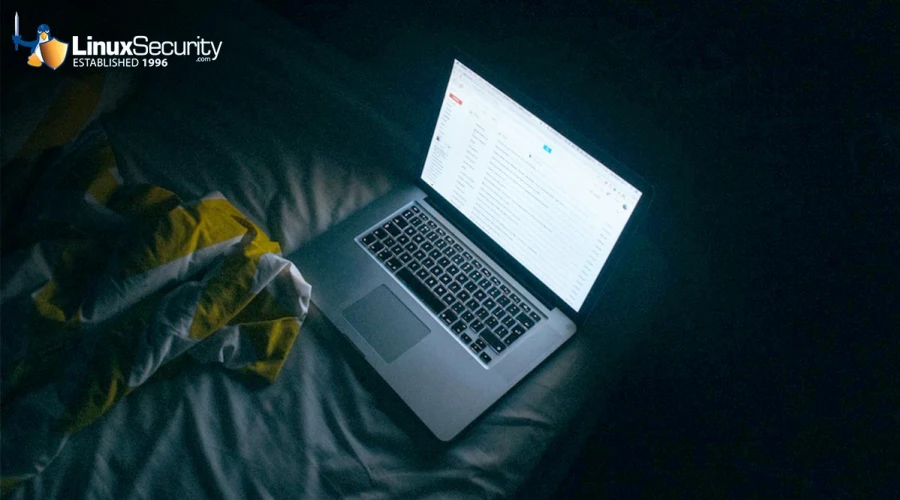Linux security: What is sudo and why is it so important?

Sudo stands for "superuser do" and effectively gives a regular user access to administrator-like powers. Here's how to use this powerful tool.
Back in the early days of Linux, things were exponentially more complicated. The distributions were far less mature, but they also required the use of a particular system account to get certain things done. That account was root, and with it, you had unlimited power over your operating system.
To demonstrate the power of the root account, one trick you could always play on unsuspecting users was to tell them to change to the root user with the su command and then have them issue the following:
rm -rf /
The rm command is used to delete files and folders. In conjunction with r (recursive) and f (force), you would delete everything from the root folder (/), thus rendering your system unusable.


















